I think I can get you from where you are to where you want to be. First, your invocation of:
zuf.left(3.1415)
seems to indicate you're thinking in radians, which is fine. But you need to tell your turtle that:
zuf = turtle.Turtle()
zuf.radians()
this will still make your code go in circles, but very different circles. Next, we want to replace 10 with our fibonacci value. Before the while loop, initialize your fibonacci counters:
previous, current = 0, 1
as the last statement in the while loop, bump them up:
previous, current = current, current + previous
and in your forward() call, replace 10 with current. Next, we need to turn the line that it's drawing into a square. To do this, we need to do two things. First, loop the drawing code four times:
for i in range(4):
zuf.forward(current)
zuf.left(3.1415)
And second, replace your angle with pi/2 instead:
zuf.left(3.1415 / 2)
If you assemble this all correctly, you should end up with a figure like:

showing the increasing size of the fibonacci values. Not the greatest looking image, you'll still have to do some work on it to clean it up to look nice.
Finally, I was impressed with the fibonacci drawing code that @IvanS95 linked to in his comment, that I wrote a high speed version of it that uses stamping instead of drawing:
from turtle import Screen, Turtle
SCALE = 5
CURSOR_SIZE = 20
square = Turtle('square', visible=False)
square.fillcolor('white')
square.speed('fastest')
square.right(90)
square.penup()
previous_scaled, previous, current = 0, 0, 1
for _ in range(10):
current_scaled = current * SCALE
square.forward(current_scaled/2 + previous_scaled/2)
square.shapesize(current_scaled / CURSOR_SIZE)
square.left(90)
square.forward(current_scaled/2 - previous_scaled/2)
square.stamp()
previous_scaled, previous, current = current_scaled, current, current + previous
screen = Screen()
screen.exitonclick()

This is not a whole solution for you, only a hint of what can be done as you're drawing your squares and this is a stamp-based solution which plays by different rules.

